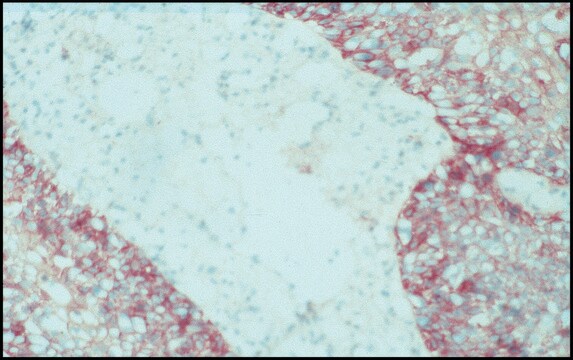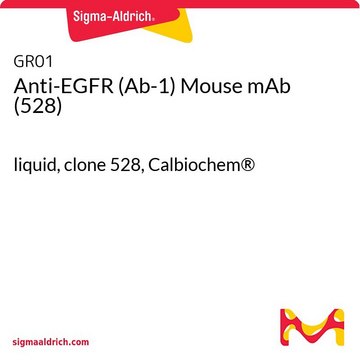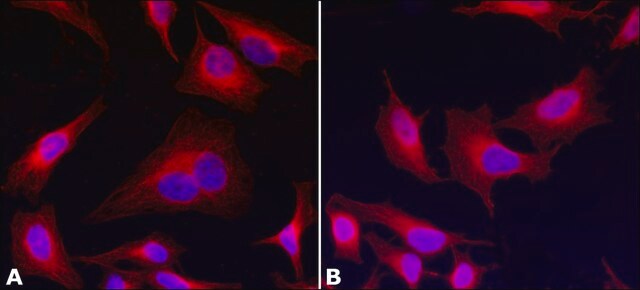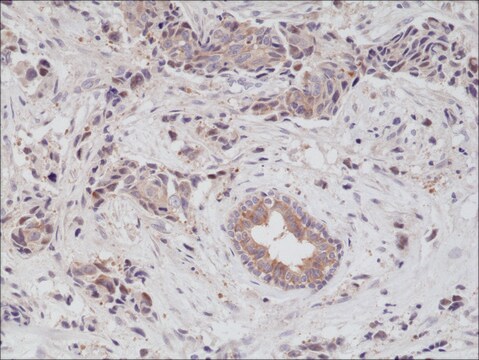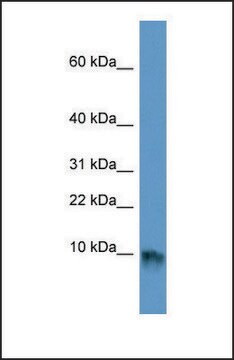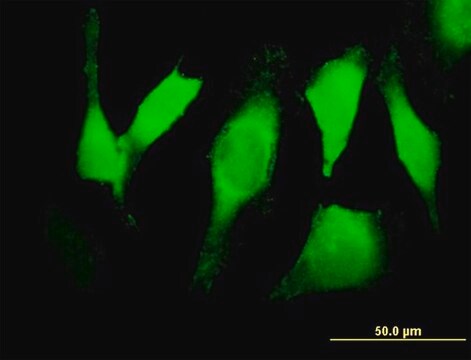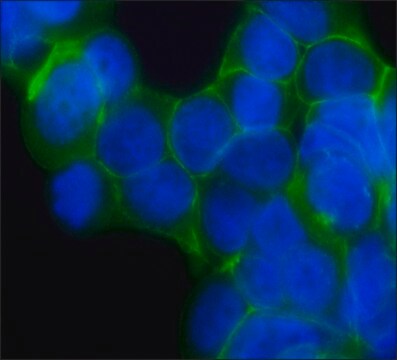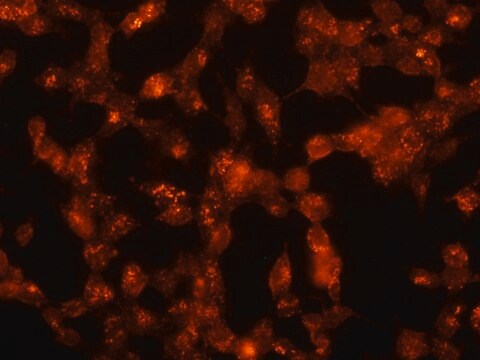Wichtige Dokumente
E2156
Anti-EGF Receptor antibody, Mouse monoclonal
clone 225, purified from hybridoma cell culture
Synonym(e):
Anti-EGFR, Anti-Epidermal Growth Factor Receptor
About This Item
Empfohlene Produkte
Biologische Quelle
mouse
Qualitätsniveau
Konjugat
unconjugated
Antikörperform
purified immunoglobulin
Antikörper-Produkttyp
primary antibodies
Klon
225, monoclonal
Form
buffered aqueous solution
Speziesreaktivität
human
Konzentration
~1.5 mg/mL
Methode(n)
immunoprecipitation (IP): 4-8 μg using cell lysate of A431 cells
Isotyp
IgG1
UniProt-Hinterlegungsnummer
Anwendung(en)
research pathology
Versandbedingung
dry ice
Lagertemp.
−20°C
Posttranslationale Modifikation Target
unmodified
Angaben zum Gen
human ... EGFR(1956)
Verwandte Kategorien
Allgemeine Beschreibung
Immunogen
Anwendung
Biochem./physiol. Wirkung
Physikalische Form
Rechtliche Hinweise
Haftungsausschluss
Sie haben nicht das passende Produkt gefunden?
Probieren Sie unser Produkt-Auswahlhilfe. aus.
Ähnliches Produkt
Lagerklassenschlüssel
10 - Combustible liquids
Flammpunkt (°F)
Not applicable
Flammpunkt (°C)
Not applicable
Hier finden Sie alle aktuellen Versionen:
Besitzen Sie dieses Produkt bereits?
In der Dokumentenbibliothek finden Sie die Dokumentation zu den Produkten, die Sie kürzlich erworben haben.
Artikel
EGF Signaling: Tracing Cancer's Path
Unser Team von Wissenschaftlern verfügt über Erfahrung in allen Forschungsbereichen einschließlich Life Science, Materialwissenschaften, chemischer Synthese, Chromatographie, Analytik und vielen mehr..
Setzen Sie sich mit dem technischen Dienst in Verbindung.